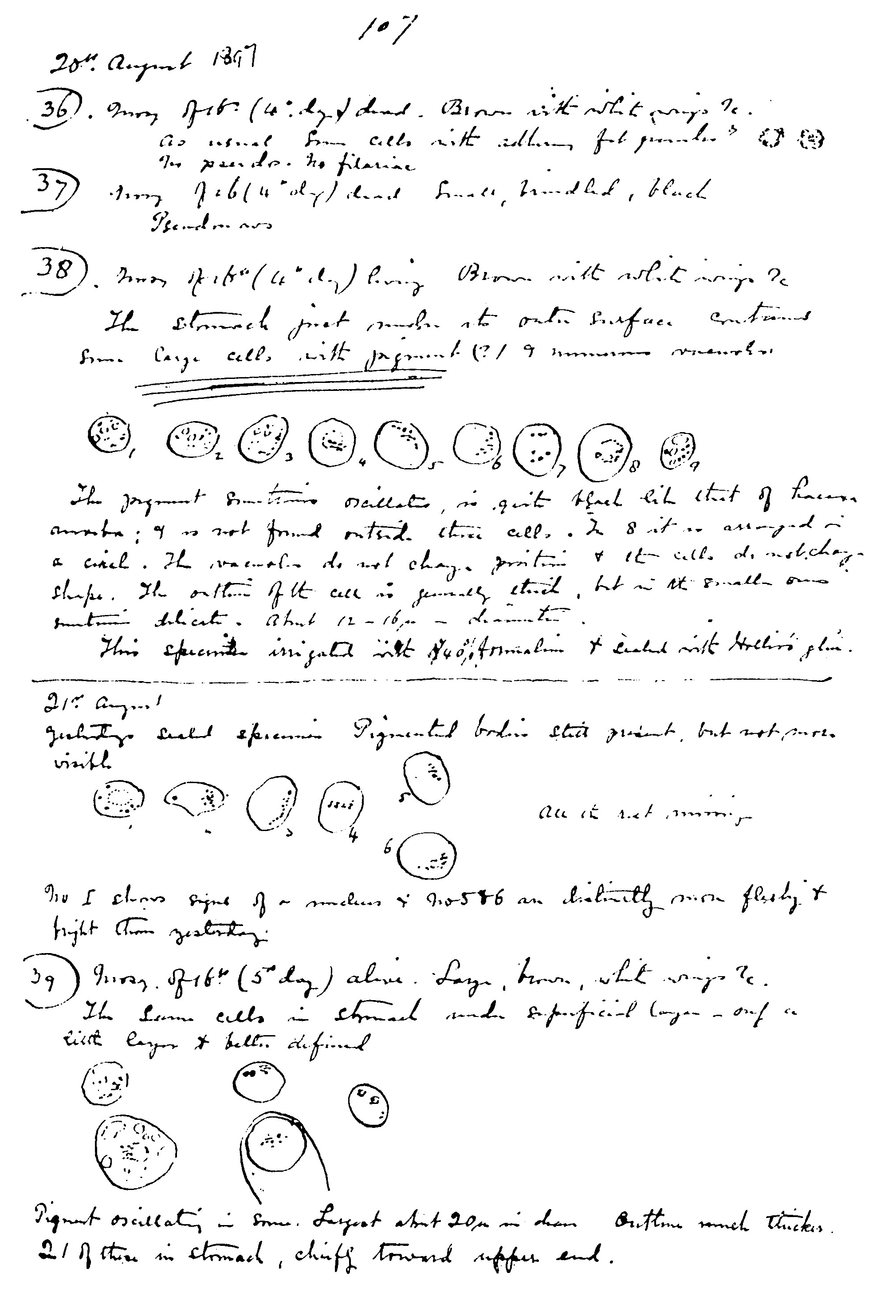Listen up, folks. If there’s one date that has left an indelible mark on world history, it’s Aug 15 1947. This is not just another day in the calendar; it’s a momentous occasion that reshaped the destiny of a nation and inspired countless others around the globe. So, buckle up because we’re diving deep into this pivotal day and exploring why it continues to resonate even today. It’s more than just a date—it’s a symbol of freedom, resilience, and hope.
Now, before we get into the nitty-gritty, let’s set the stage. Imagine a world still reeling from the aftermath of World War II, where colonial powers held sway over vast regions of the globe. But amidst all the chaos and uncertainty, something extraordinary was about to happen. On Aug 15 1947, India declared its independence from British rule, marking the beginning of a new era for millions of people. This wasn’t just a political shift; it was a cultural, social, and economic revolution.
But why does this matter? Why should you care about an event that happened decades ago? Well, because understanding our past is key to shaping our future. The lessons learned from Aug 15 1947 are as relevant today as they were back then. So, let’s break it down and explore the significance of this historic day in ways that will make you think twice about the power of perseverance and unity.
- Kenny Rogers Jr The Rising Star Carving His Own Musical Legacy
- Meet The Children Of Prince William A Royal Journey Into Their Lives
Table of Contents
- The Historical Background of Aug 15 1947
- India’s Journey to Independence
- Key Leaders and Their Roles
- The Painful Reality of Partition
- How Independence Was Celebrated
- Global Impact of Indian Independence
- Challenges Faced Post-Independence
- The Legacy of Aug 15 1947
- Modern-Day Relevance of Independence Day
- Looking Ahead: Lessons for the Future
The Historical Background of Aug 15 1947
So, here’s the deal. To truly grasp the importance of Aug 15 1947, we need to rewind a bit and understand the context. British colonial rule in India began way back in 1757, when the East India Company first established its foothold. Over the years, this evolved into a full-blown empire, with the British Crown taking direct control in 1858. Fast forward to the 20th century, and you’ve got a nation yearning for freedom.
But it wasn’t all smooth sailing. The struggle for independence was marked by protests, movements, and sacrifices. Movements like the Non-Cooperation Movement, the Quit India Movement, and the Civil Disobedience Movement were just the tip of the iceberg. Millions of people came together, united by a common dream—freedom. And on Aug 15 1947, that dream finally became a reality.
The Impact of Colonialism on India
Let’s talk about colonialism for a sec. It wasn’t just about political domination; it was about exploitation. The British drained India’s resources, suppressed its culture, and dismantled its economy. But the spirit of the people remained unbroken. The fight for independence wasn’t just about reclaiming land; it was about reclaiming identity.
- How Old Is Justin Trudeau Of Canada Everything You Need To Know About Canadas Prime Minister
- How Much Simon Cowell Is Worth Unveiling The Net Worth Of A Music Mogul
And let’s not forget the economic toll. India was once one of the wealthiest nations in the world, but by the time the British left, it was in shambles. The deindustrialization of India’s textile industry and the neglect of agriculture left deep scars that took decades to heal.
India’s Journey to Independence
Alright, so how did India even manage to break free from the clutches of colonialism? It wasn’t easy, let me tell you. The road to independence was paved with sacrifices, determination, and a whole lot of strategy. Leaders like Mahatma Gandhi, Jawaharlal Nehru, and Sardar Patel played crucial roles in shaping the movement.
Gandhi’s philosophy of non-violence and civil disobedience became the cornerstone of the struggle. His leadership inspired millions to join the fight, proving that change could be achieved without resorting to violence. Meanwhile, Nehru and Patel worked tirelessly to lay the groundwork for a new nation, ensuring that India would be ready to stand on its own two feet once independence was achieved.
Key Movements in the Independence Struggle
Here’s a quick rundown of some of the most significant movements that paved the way for independence:
- Non-Cooperation Movement (1920-1922): A campaign of mass civil disobedience aimed at withdrawing support from British institutions.
- Salt March (1930): Gandhi’s famous march to protest the British salt tax, which became a symbol of resistance.
- Quit India Movement (1942): A call for immediate independence, which gained widespread support across the country.
Each of these movements brought the nation one step closer to its ultimate goal—freedom.
Key Leaders and Their Roles
Now, let’s talk about the people who made it all happen. Leaders like Mahatma Gandhi, Jawaharlal Nehru, and Sardar Patel weren’t just politicians; they were visionaries. They saw beyond the immediate struggle and envisioned a future where India could thrive as a free and independent nation.
Gandhi’s leadership style was unique. He believed in the power of non-violence and used it as a weapon against oppression. His ability to mobilize masses was unparalleled, and his message of peace resonated with people from all walks of life. Meanwhile, Nehru focused on building a modern, democratic India, laying the foundation for the country’s political and economic systems.
Biographical Data of Key Leaders
| Name | Role | Major Contributions |
|---|---|---|
| Mahatma Gandhi | Leader of the Independence Movement | Championed non-violence and civil disobedience |
| Jawaharlal Nehru | First Prime Minister of India | Architect of modern India |
| Sardar Patel | Deputy Prime Minister | Unifier of Indian states |
The Painful Reality of Partition
But here’s the thing. Aug 15 1947 wasn’t all sunshine and rainbows. The partition of India into two separate nations—India and Pakistan—was a bitter pill to swallow. It led to one of the largest mass migrations in history, with millions of people displaced and thousands losing their lives.
The decision to partition the country was based on religious lines, with Pakistan being created as a homeland for Muslims. But the reality on the ground was far more complex. Communal violence erupted, and the scars of partition continue to affect relations between the two nations to this day.
The Human Cost of Partition
Let’s not sugarcoat it. The partition was brutal. Estimates suggest that anywhere between 500,000 to 1 million people lost their lives during the violence that followed. Families were torn apart, and entire communities were uprooted. It’s a painful reminder of the consequences of division and intolerance.
How Independence Was Celebrated
Despite the challenges, Aug 15 1947 was a day of celebration. Across the country, people took to the streets to rejoice in their newfound freedom. Flags were hoisted, speeches were delivered, and there was a sense of hope in the air. Jawaharlal Nehru famously delivered his “Tryst with Destiny” speech, capturing the spirit of the moment.
But the celebrations weren’t just limited to India. People around the world took notice of this historic event, recognizing the significance of a nation breaking free from colonial shackles. It was a moment of triumph that inspired others to fight for their own freedoms.
Excerpt from Nehru’s “Tryst with Destiny” Speech
“At the stroke of the midnight hour, when the world sleeps, India will awake to life and freedom. A moment comes, which comes but rarely in history, when we step out from the old to the new, when an age ends, and when the soul of a nation, long suppressed, finds utterance.”
Global Impact of Indian Independence
Here’s the kicker. Indian independence wasn’t just a local event; it had global implications. It set the stage for the decolonization of other nations, inspiring movements across Africa, Asia, and the Caribbean. The success of India’s struggle proved that colonialism wasn’t invincible and that people could rise up against oppression.
Moreover, it highlighted the power of non-violent resistance. Gandhi’s methods were studied and emulated by leaders like Martin Luther King Jr. and Nelson Mandela, showing that change could be achieved through peaceful means.
Inspiring Movements Worldwide
From the Civil Rights Movement in the United States to the anti-apartheid struggle in South Africa, the lessons of Aug 15 1947 continue to inspire. It’s a testament to the power of collective action and the belief that a better world is possible.
Challenges Faced Post-Independence
But let’s be real. Independence didn’t solve all of India’s problems. The new nation faced a host of challenges, from rebuilding its economy to addressing social inequalities. Poverty, illiteracy, and unemployment were just a few of the issues that needed urgent attention.
Additionally, the legacy of partition continued to haunt the country. Relations with Pakistan remained tense, and the dispute over Kashmir became a flashpoint for conflict. It was a tough road ahead, but India was determined to rise above these challenges.
Economic Development Post-Independence
India’s journey towards development was slow but steady. The government implemented five-year plans to boost industrialization and agriculture. Investments in education and healthcare laid the foundation for a more equitable society. Today, India is one of the fastest-growing economies in the world, a testament to its resilience and determination.
The Legacy of Aug 15 1947
So, what’s the legacy of Aug 15 1947? It’s a story of triumph over adversity, a reminder of the power of unity, and a call to action for future generations. The values of democracy, secularism, and equality that were enshrined in India’s constitution continue to guide the nation today.
But it’s also a cautionary tale. The scars of partition and the challenges of post-independence are a reminder that freedom comes with responsibility. It’s up to each generation to build on the progress made and strive for a better future.
Core Values of Indian Independence
Here are some of the core values that define the legacy of Aug 15 1947:
- Democracy: India is the world’s largest democracy, a testament to its commitment to free and fair elections.
- Secularism: The nation embraces diversity and respects all religions.
- Equality: The constitution guarantees equal rights for all citizens, regardless of caste, creed, or gender.
Modern-Day Relevance of Independence Day
Fast forward to today, and Aug 15 1947 still holds immense significance. It’s a day to reflect on how far we’ve come and how much further we have to go. In a world where division and intolerance seem to be on the rise, the message of unity and acceptance is more important than ever.
Independence Day is celebrated with parades, flag-hoisting ceremonies, and cultural events across the country. It’s a time for people to come together and celebrate their shared heritage, while also looking towards the future with hope and determination.
How Independence Day Is Celebrated Today
Here’s a glimpse of how Independence Day is celebrated in
- Camila Aroujo The Rising Star Shaping The Future Of Entertainment
- Archie 2024 Everything You Need To Know About The Cutest Royal Baby


